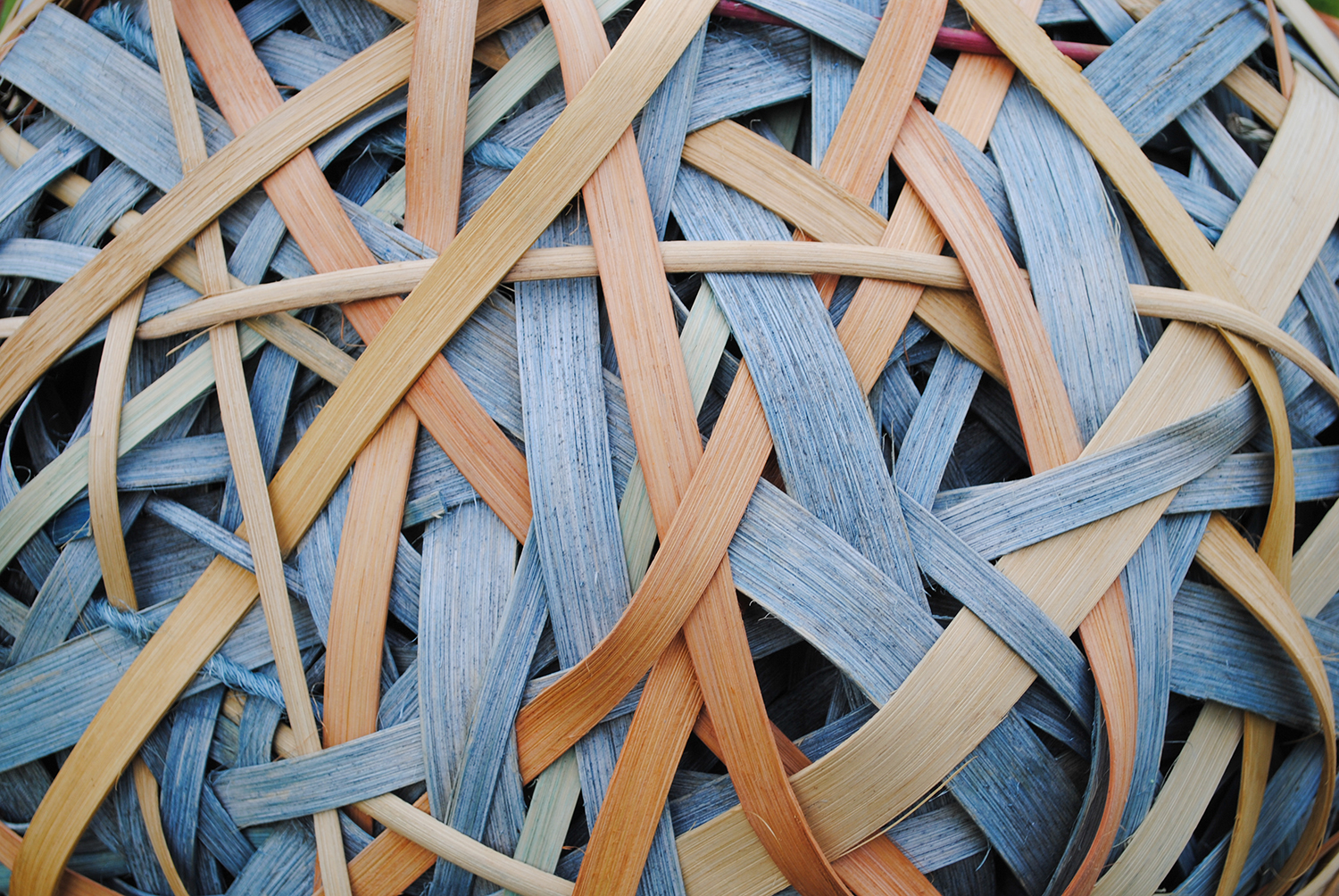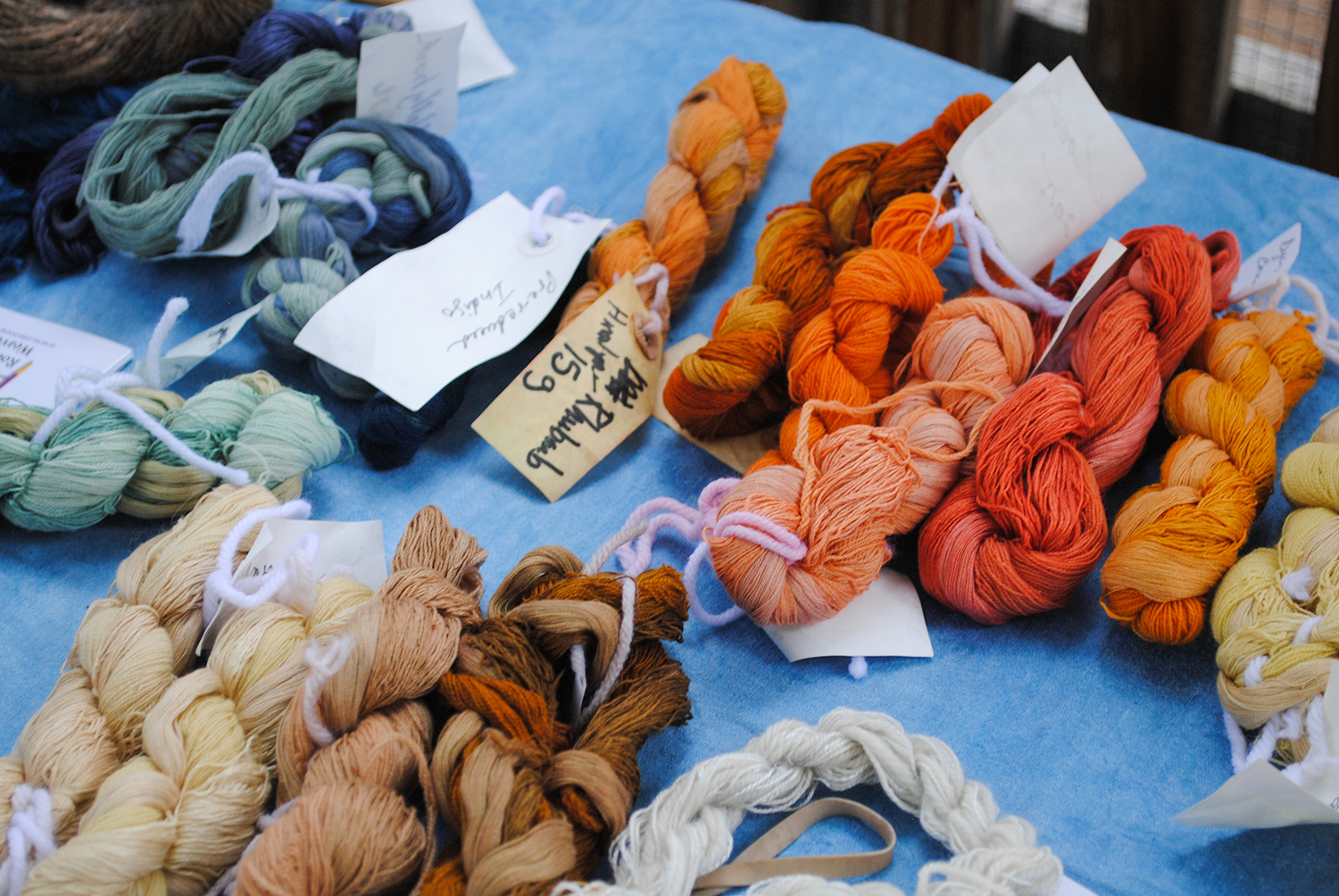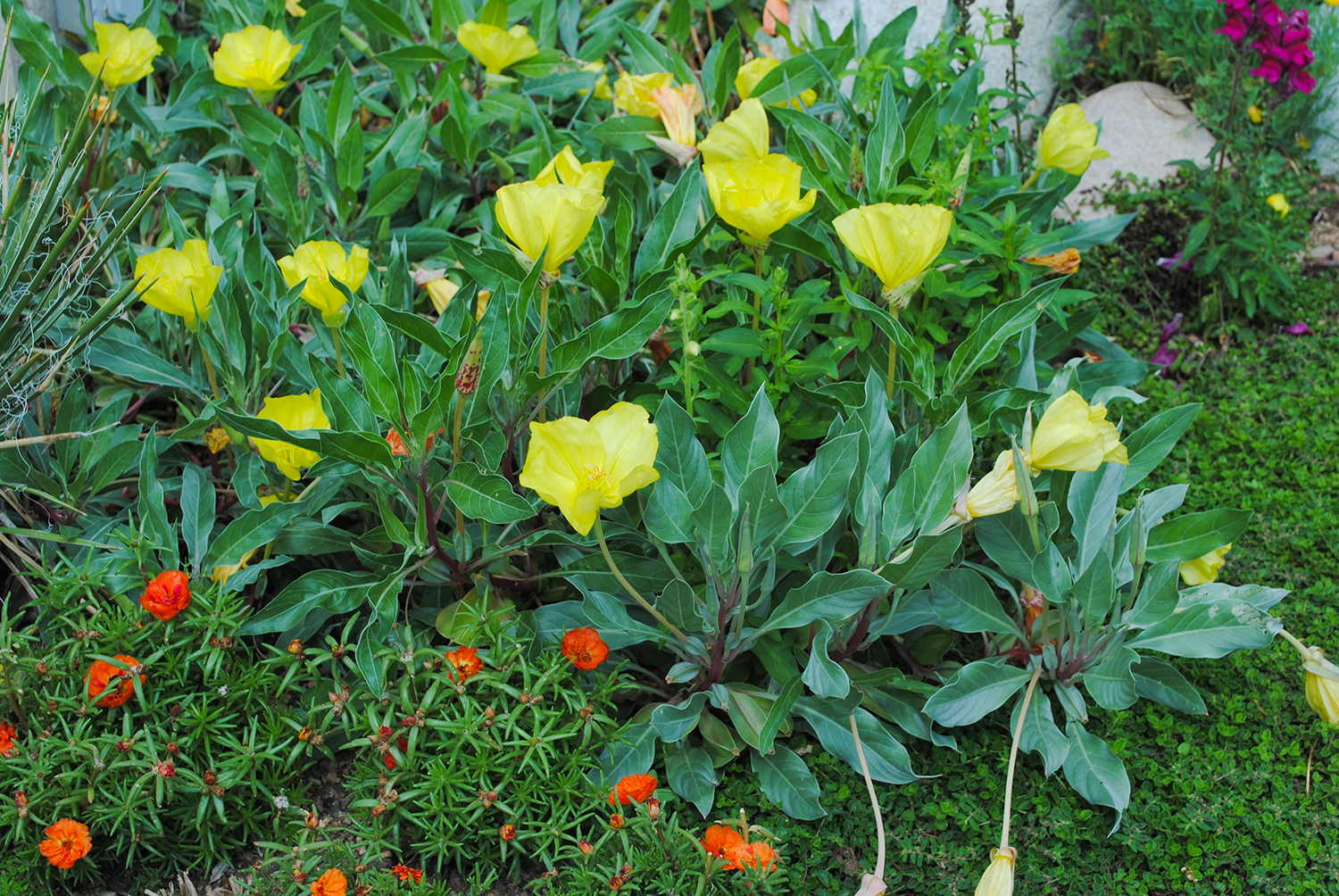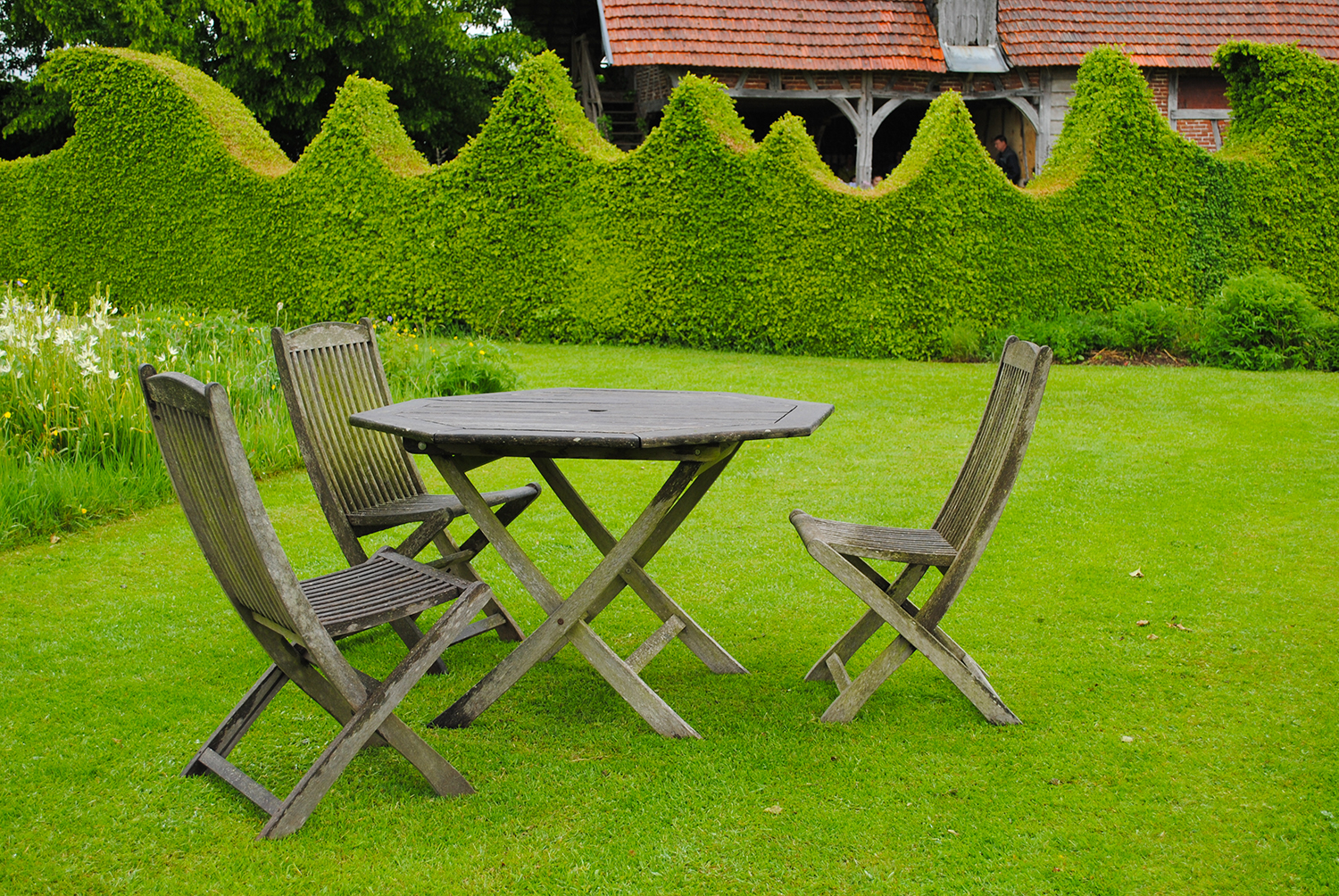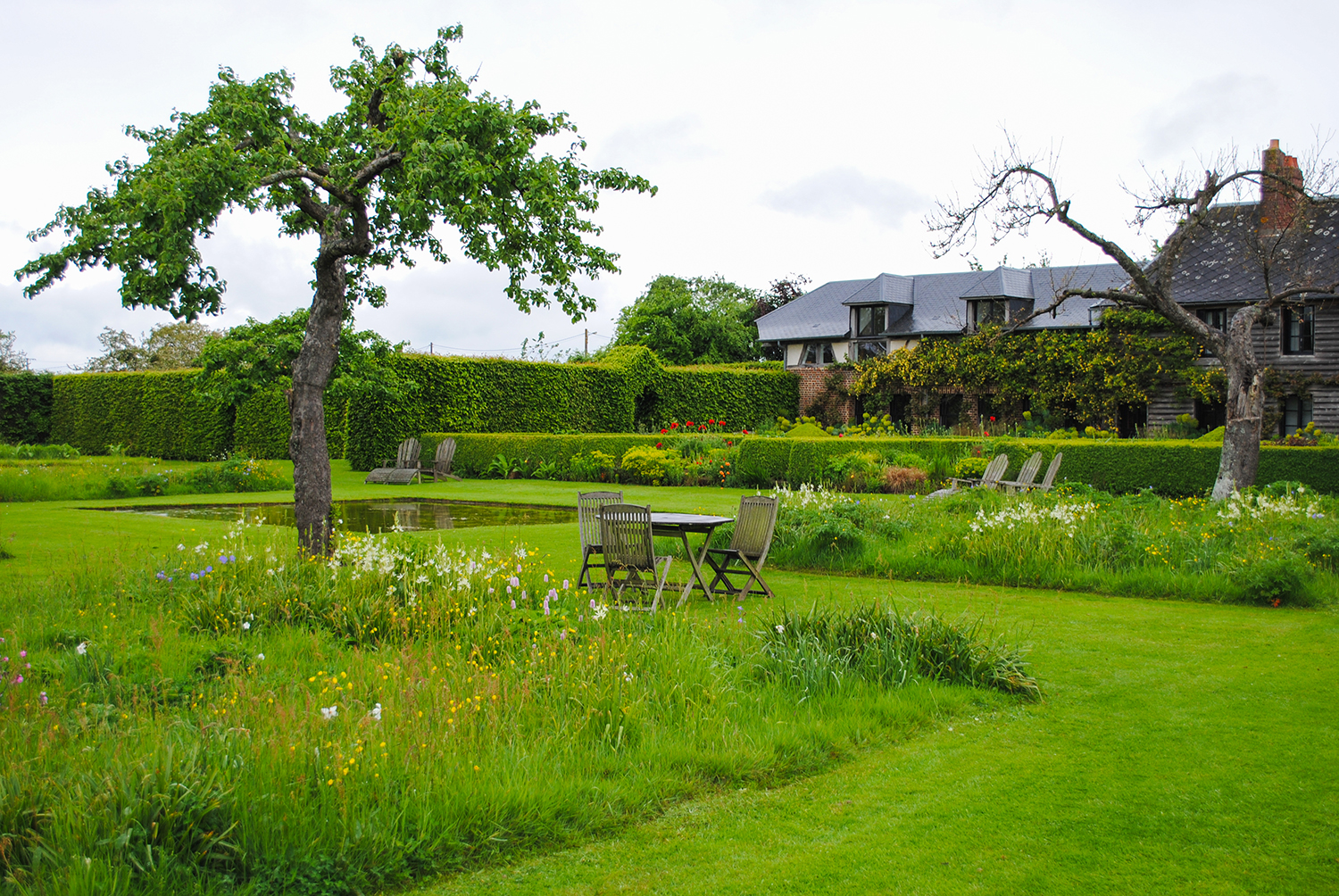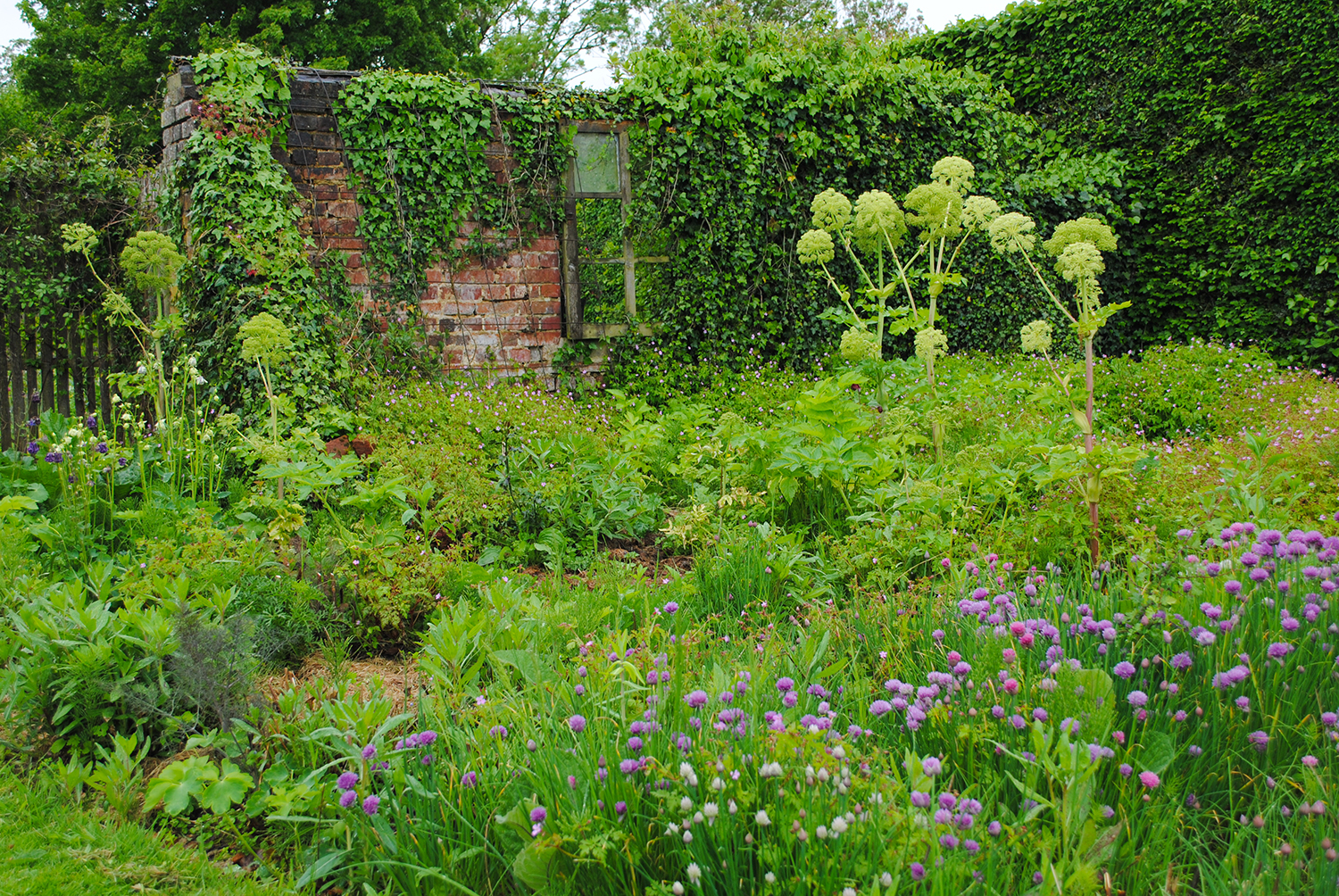SEED YOUR FUTURE
Recently, I travelled to the Philadelphia area for an advisory board meeting with Seed Your Future. If you are not familiar with the movement, it is the green industry’s effort to increase the awareness of horticulture, and it was enlightening, encouraging, and exciting to see so many high-level hort heads pursuant in connecting more people to our gardening world. There are some really cool announcements ahead from Seed Your Future, so keep checking the website. Some of the the takeaways that I can share are below.
My wife Karen who is a graphic artist tagged along with me on the trip and made this great illustration of the Seed Your Future hashtag #ilovemyplantjob. #shesgotskills
#DOYOULOVEYOURPLANTJOB? We are all advocates for horticulture. We can’t set behind our ivory hedges and expect horticulture to burgeon. We need to tell everyone that #ilovemyplantjob. As horteconomist Charlie Hall said during the meeting, "We need to show them what the world is with us."
ALL IN A NAME: The world horticulture is hard for some people to understand. Terms like plantologist and gardenologist were thrown around, and from this very etymological base, we were encouraged to rethink how to make it easy to share horticulture with others.
SEED YO' FUTURE: We need to speak to students in ways that are understandable for them and make sense. For example, instead of saying pursue a career in horticulture we can say put some horticulture in your career to help show students that working with a plants is an option. I feel like Emeril Lagasse saying that encouraging students to bring some plant spice into their lives. BAM!!!!!!!!! I can't tell you the number of times that I've heard a student say, "I never knew that I could have a career in plants." (It happened this past weekend at SFA orientation.) My fifteen-year-old self was in that category once.
LONGWOOD GARDENS
The meeting was held in Longwood Gardens conservatory. During breaks and before and after the meeting we were encouraged to galavant through the gardens. It didn't take much on those chilly Philly days. Pretty pictures follow.
We visited during Orchid Extravaganza, and per Longwood standards, everything looked stellar including this 12-foot-tall arch covered in Phalaenopsis orchids.
Much of the conservatory featured the towering, yellow flowering Roldana petasitis. Here it carpeted underneath by the coral, tubular flowers of Kalanchoe x houghtonii and the golden Euryops pectinatus.
It's amazing to have all this color inside when everything outside is dark green and brown.
I encountered an old friend in a cooler part of the conservatory. I fell in love with the exploding flowers of Scilla peruviana years ago at the JC Raulston Arboretum. Fun fact, it is not from Peru but from Africa. Linnaeus named it so because the specimen had a note about "Peru" on it. That was the name of the ship carrying the cargo.
I liked how Longwood espaliered fruit trees on fencing material in one of the cool houses. Such an easy option for the homeowner, too.
When you go to Longwood and you have to "go", you'll find the restrooms are nestled amongst the largest green wall in North America.



















